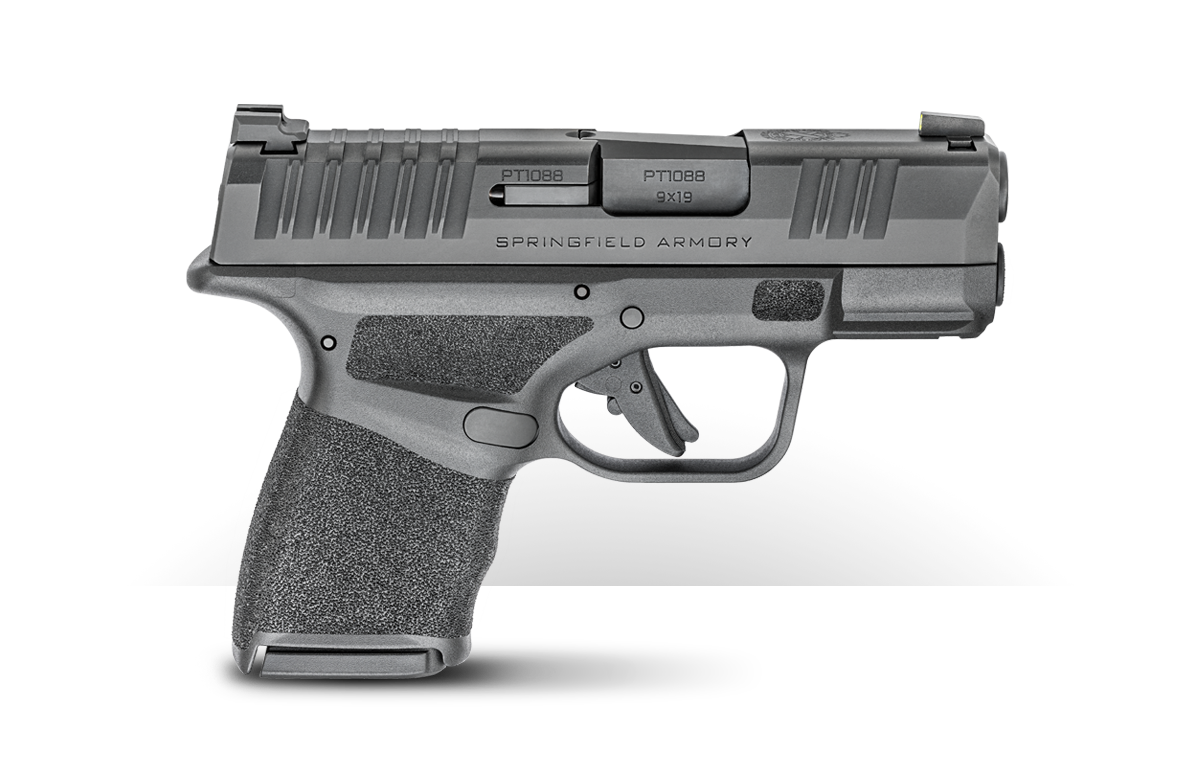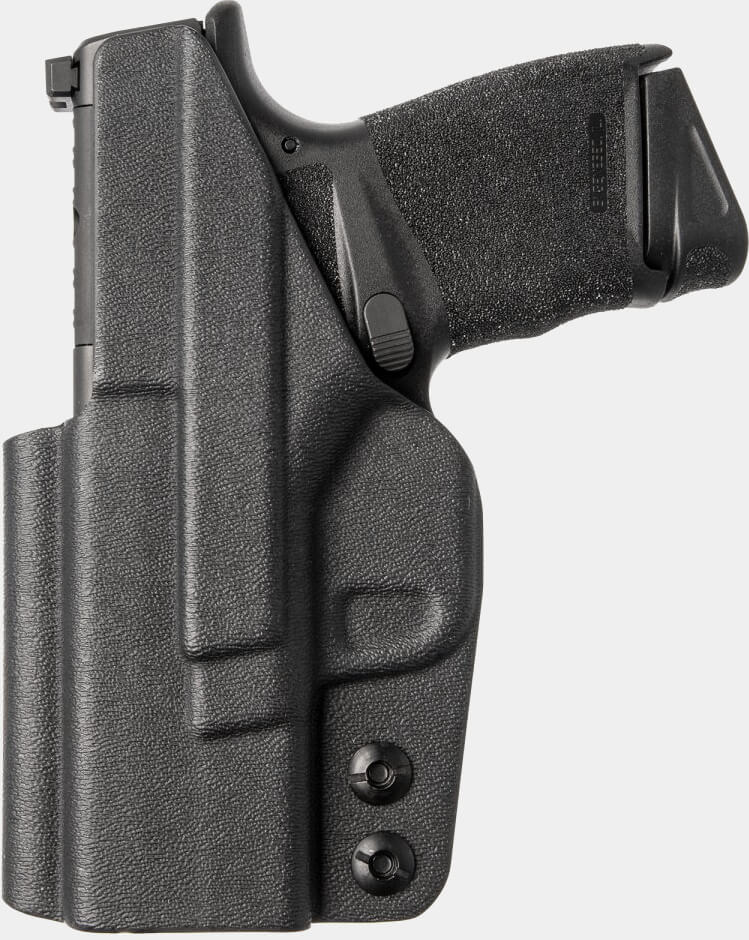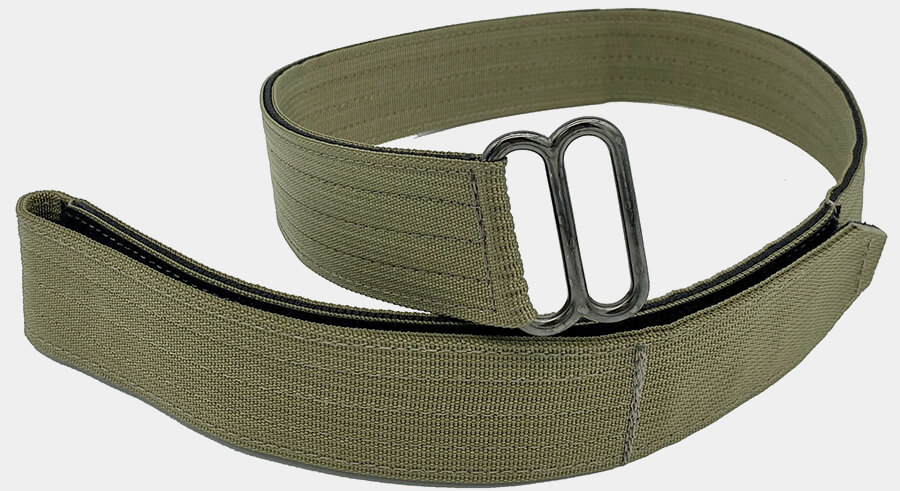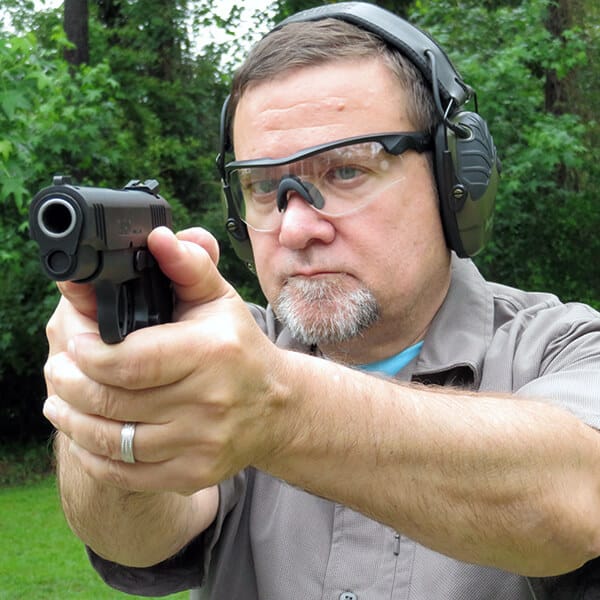Should I Appendix Carry?
May 9th, 2021
5 minute read
The fact is, most of us walk more like a gorilla than a penguin. Why is that important? Humor me for a moment. Stand up and let your arms naturally fall in place. You’ll notice your hands and your palms are just below and in front of your hip. It doesn’t matter if you are left- or right-handed. Like I said, a gorilla. If I were a penguin, my arms and hands would behind my hips.
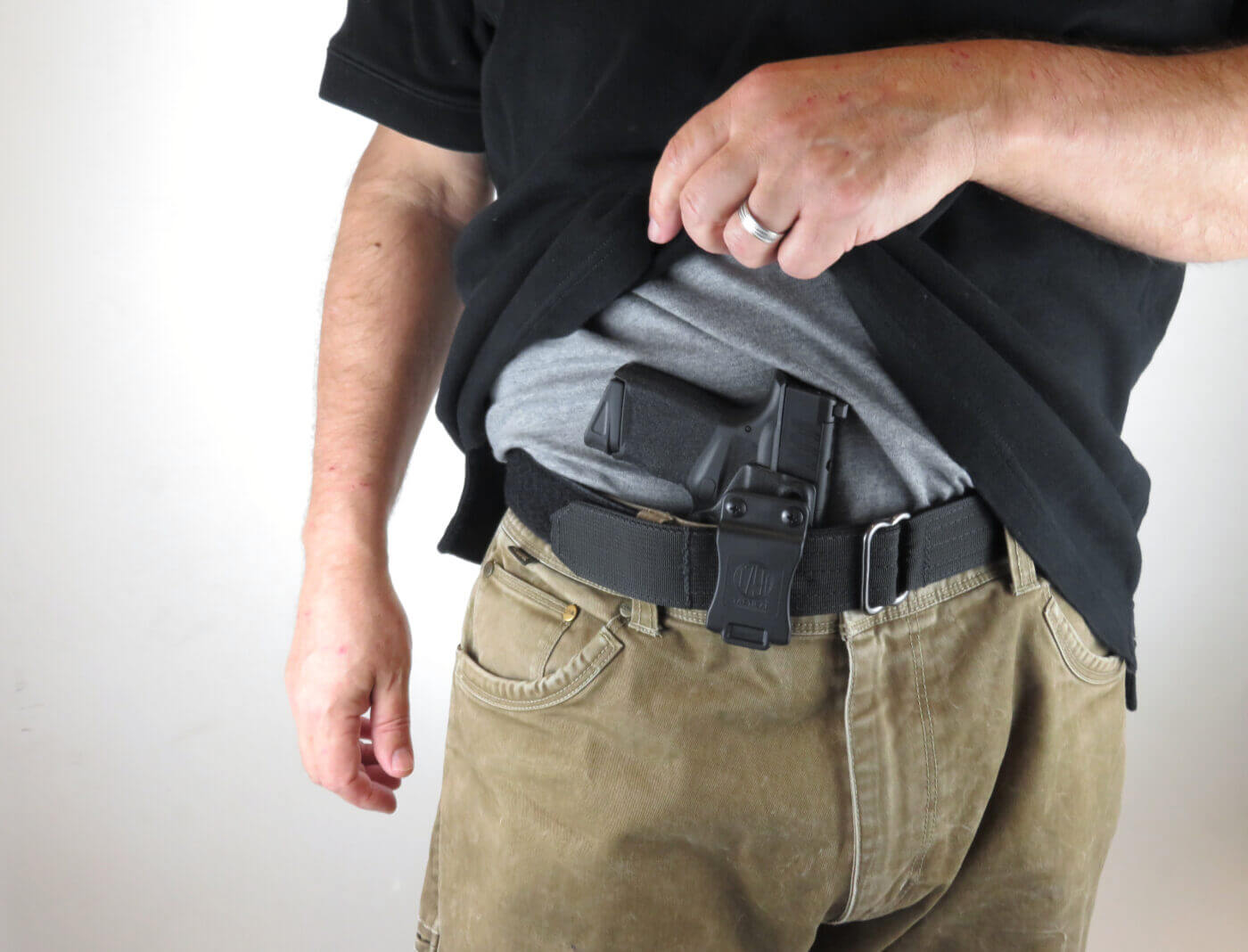
So why did I have you go through this exercise? To show you where your hands most naturally go. It’s also how I came to realize that appendix carry has become the most natural and comfortable conceal carry for me. Maybe you, too.
Learning Curve
I have had the privilege of training under some of the best law enforcement and military trainers. These were men and women who are absolutely at the top of their craft. I’ve also been taught by prominent competitive shooters. What these guys and gals have in common is economy of motion and muscle memory. Both of these traits combine to create speed. Remember smooth is fast. Less motion is fast. Reaching behind my hip to draw my pistol takes more motion and effort, compared to drawing from my waistband.
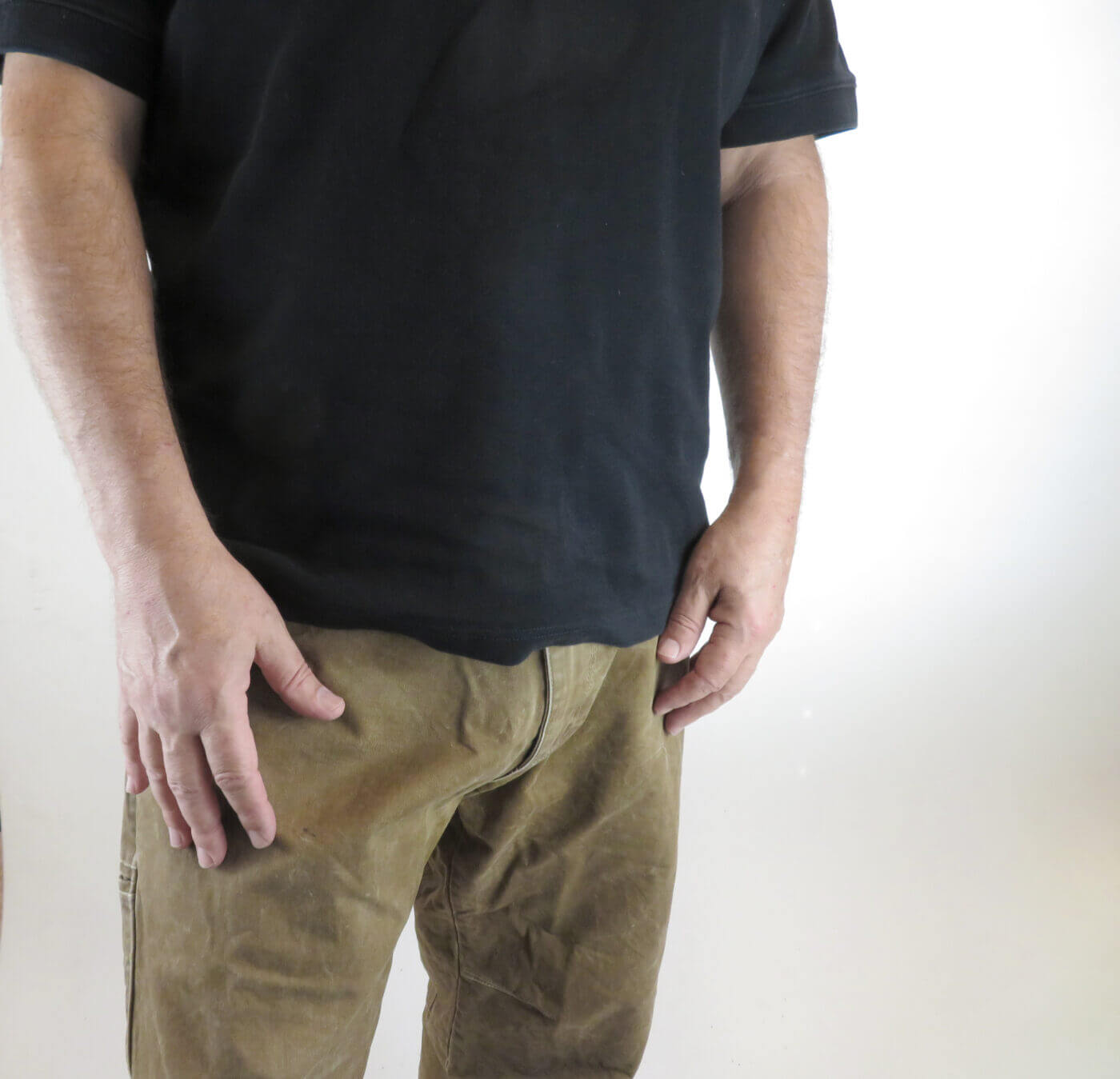
Sticking a pistol in your waistband is nothing new, but it has come into vogue within the last decade. Like many of us, I started off at the traditional 3 and 4 o’clock carry positions. Yes, I’m right handed. You’re paying attention. And I still follow that traditional conceal carry style, particularly when I carry a full-size pistol like a Government-size 1911 or full-size striker-fired pistol.
The problem I have with the traditional style of carry is that it doesn’t fit well into my daily routine. When sitting down or driving in a car, that traditional style of carry can be uncomfortable. Add a seatbelt into the equation and I might as well be sitting on my pistol because I can’t get quick access to it. If I was talking open carry, this would be different. So, too with appendix. I can position the seat belt so it doesn’t impede my draw.
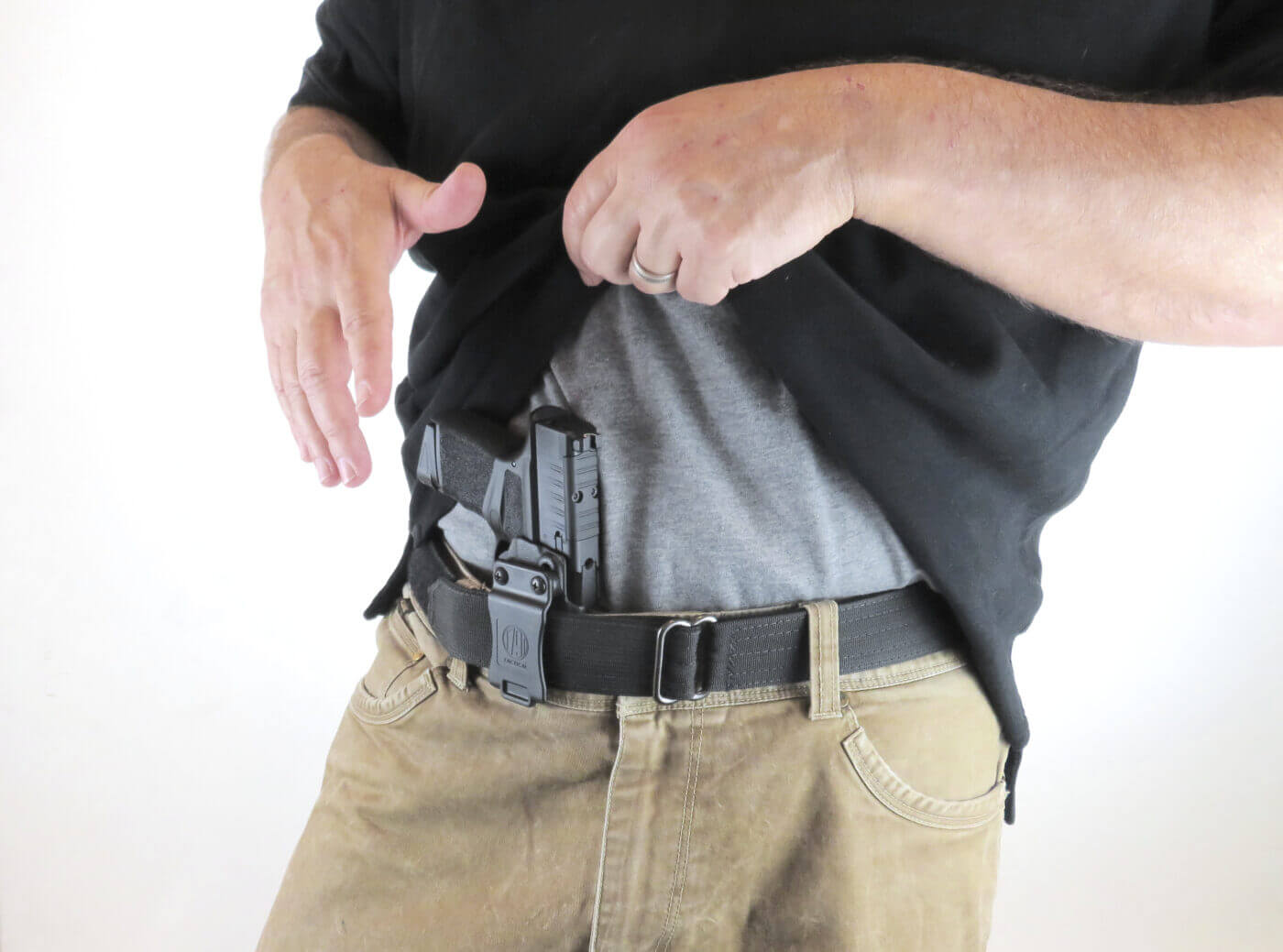
The other thing that turned me on to appendix carry are compact and sub-compact polymer-frame striker fired pistols. I conceal carry these handguns almost exclusively because they are lightweight, have a good magazine capacity and have built-in safeties that I don’t need to manipulate. The Hellcat is a great example of a polymer-framed subcompact striker fire pistol with all these features built in (although you can get one with a manual safety if you so desire).
I made the point that a draw from appendix carry has less distance to maneuver than a draw from the 3 or 4 o’clock carry. This is an advantage. Appendix carry allows for a very fast pistol presentation. The other advantage with appendix carry is that you can conceal the pistol better even with a t-shirt, polo or any style of shirt. Just wear your shirt untucked and no one should be the wiser that you are packing.
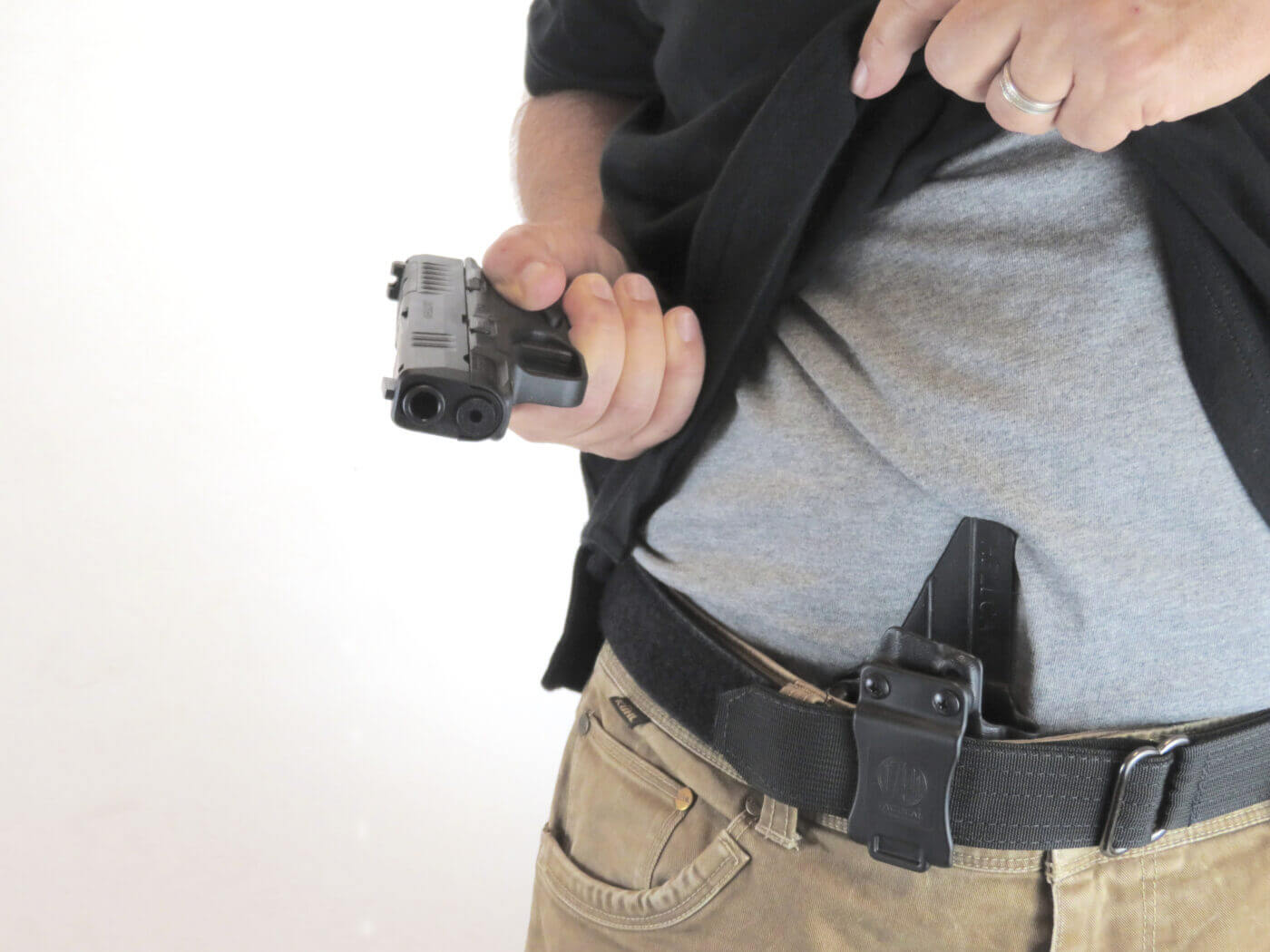
I know what you’re thinking. Of course, there is the consideration of what could accidentally happen with a negligent discharge when the pistol is pointing there. You know, that stuff near that really important femoral artery. Err on the side of caution, and as with any concealed carry practice safe carry. No finger on the trigger until your sight picture is complete.
Geared Up
Use a good holster and belt. I use Kydex or polymer holsters almost exclusively for appendix carry. I like the slick way the pistol draws out of Kydex compared to leather. In particular, I have been using the 1791 Gunleather IWB Kydex holster.
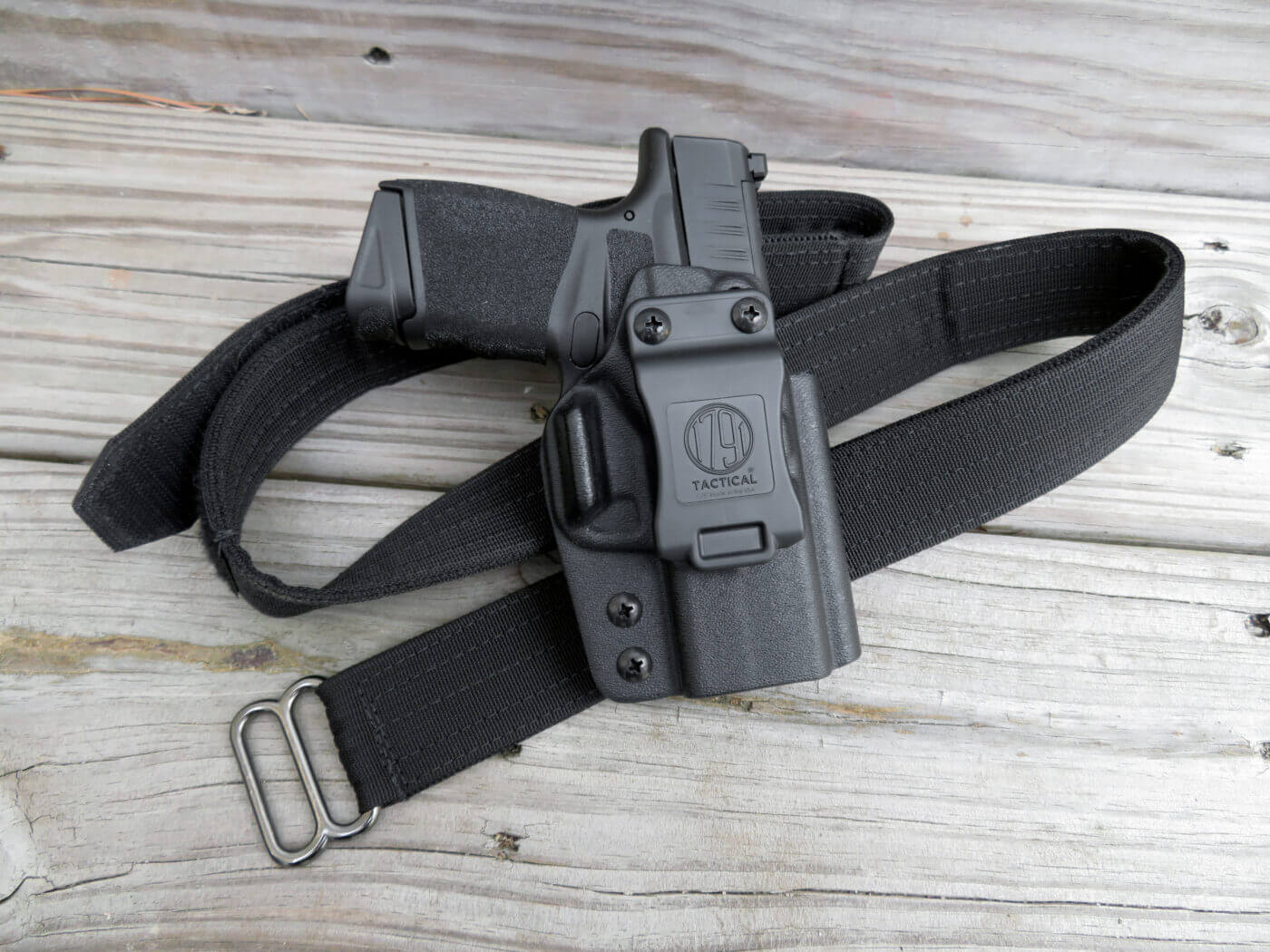
The pistol snaps into the holster and is secure no matter what position I am in. The belt clip is wide and easily snaps over a belt so I can put the holster in and out of my waistband with ease. It has a little wing built into the right side the helps keep the pistol butt flat against my body, and the sweat guard is long so the pistol is protected from skin and clothing and provides a slick exit when drawing. With Kydex holsters the holster mouth stays open, so you can re-holster easily and safely. There are times when I remove the holster from my waistband to reholster the pistol and then stick it back into my waistband. That’s a trick I learned from a trainer teaching introducing appendix carry to shooters.
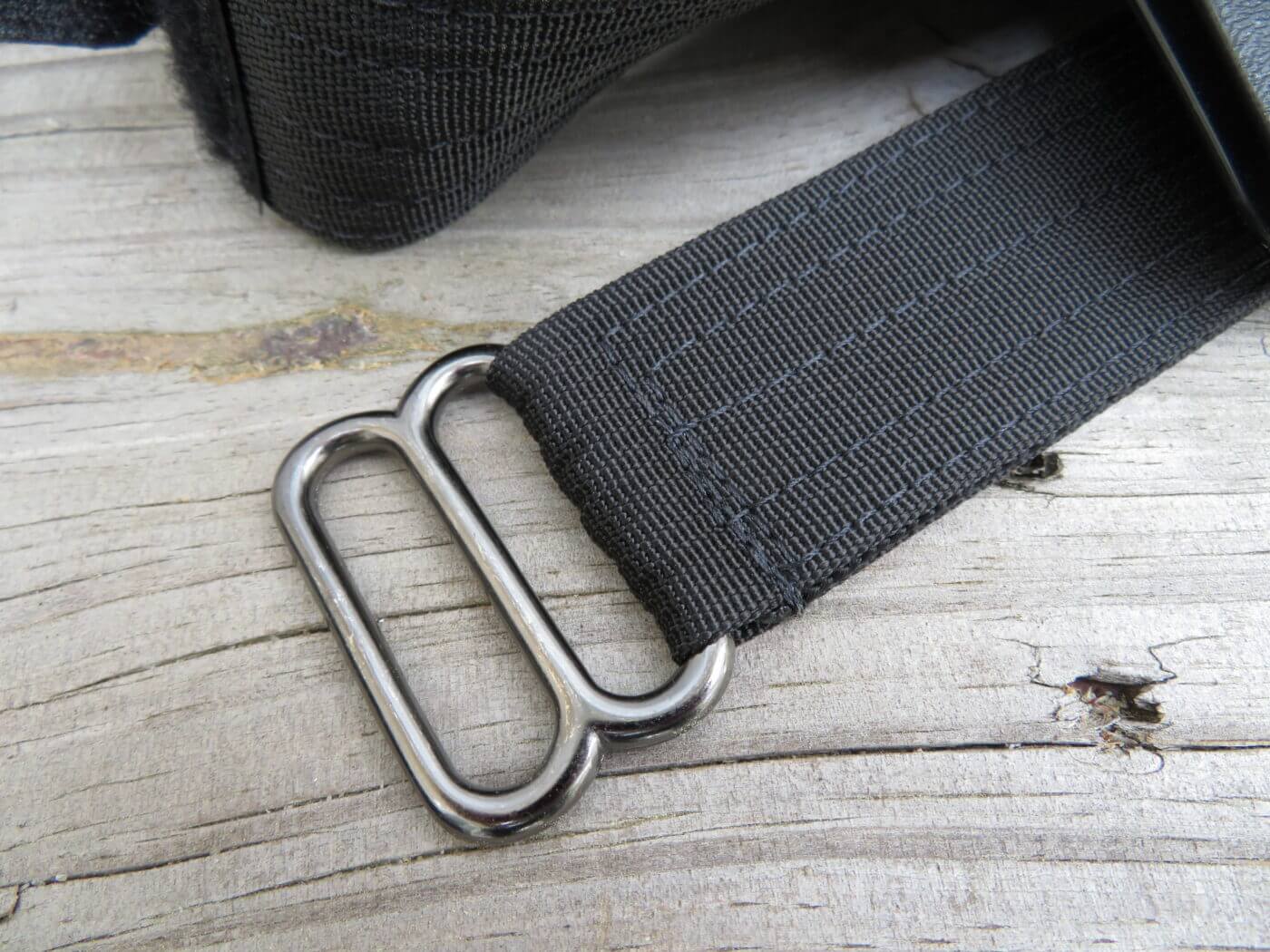
I paired the 1791 Gunleather IWB Kydex with The Foundation Belt from EDC Belt Company. This belt is a 1.5″ wide and made out of Cordura and reinforced nylon webbing, with a low-profile buckle. It’s designed for conceal carry. The belt is stiff in all places it needs to be and flexible in the places it should be like the end where you feed it through the buckle. It uses SCUBA webbing material in the non-flex places. It easily adjusts to the type of pants I’m wearing, so it is comfortable and stays in place with hook and loop (the lawyer-friendly name for Velcro).
Conclusion
Remember, your finger does not touch the trigger until you are ready to fire. As I mentioned, I like the economy of movement in the appendix draw. Support hand pulls up the shirt tail, shooting hand grips and withdraws the pistol, and then you can use a one-hand grip to make close shot or two-hand grip for a more distant shot. Works for me.
Editor’s Note: Please be sure to check out The Armory Life Forum, where you can comment about our daily articles, as well as just talk guns and gear. Click the “Go To Forum Thread” link below to jump in and discuss this article and much more!
Join the Discussion
Featured in this article
Continue Reading
Did you enjoy this article?

 221
221




